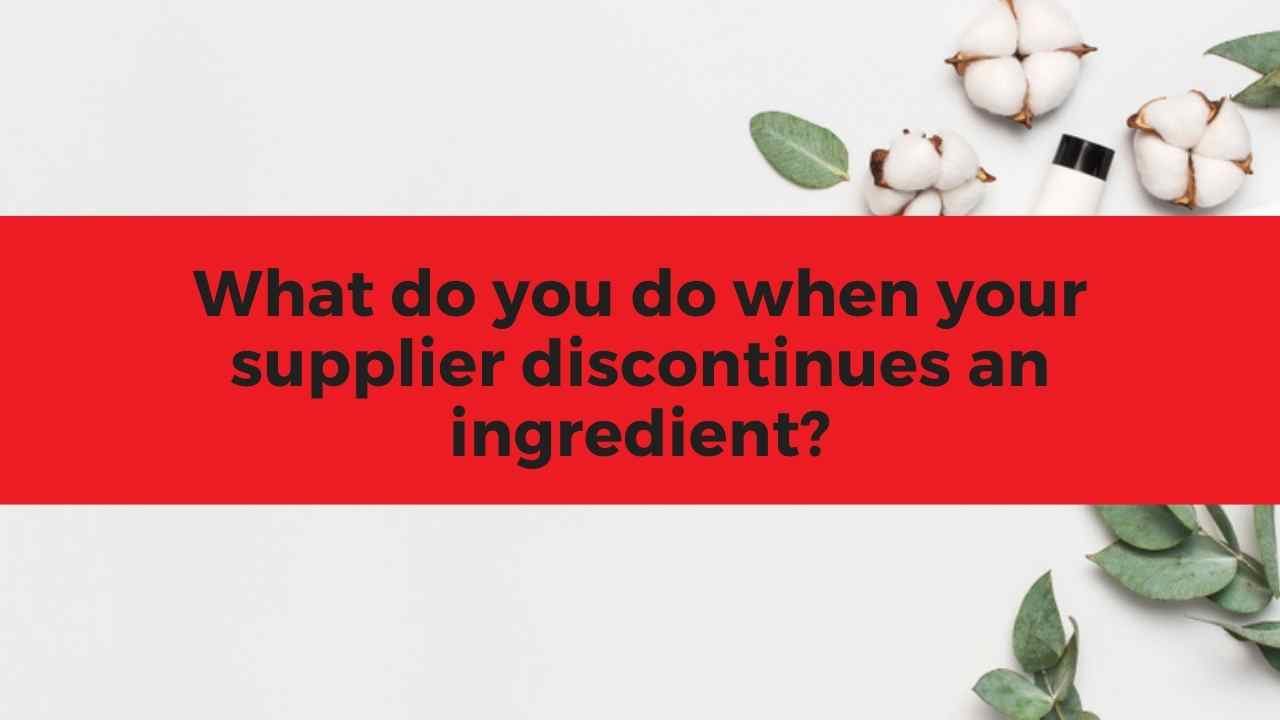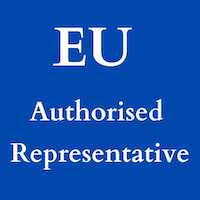With global supply chains in disarray and rising inflation, cosmetic ingredient suppliers are under pressure to take a fresh look at what ingredients to supply and their sources.
If you’ve found yourself in a position where your existing supplier no longer supplies a base ingredient, fragrance or colourant then what do you do? Here’s our take on how to prepare along with some recommendations.
How to prepare
- Get the ingredient documentation in front of you: MSDS & CoA etc (IFRA certificate, if applicable) we’ll need these later on.
- Know the identity of your ingredient. Sometimes suppliers refer to ingredients using generic names which complicates things. Since a generic name hides the ingredients true identity you want to get the INCI name which can be found in the MSDS – unlike generic names, the INCI name is unique. If you’re not sure, contact the supplier they will be able to tell you.
- The CPSR – this should include the INCI name of your ingredient
Next, let’s consider the following scenarios you might find yourself in:
Best case scenario: Same ingredient, same source
The best case scenario and the preferred option from a safety and compliance standpoint is that you find another supplier that has the same ingredient and source as the previous. If that is the case then changes to safety profile are unlikely and you should be good to go without any re-assessment (maybe ask your assessor to check paperwork to confirm). But that scenario is unlikely. Let’s look at the different scenarios a cosmetic manufacture is likely to face along with some recommendations.
With each scenario, reach out to your assessor and share your findings. They should be able to confirm whether or not a re-assessment is needed.
Scenario 1: Same ingredient, different source
All suppliers are different, they have different quality control procedures, quality staff, sources, packaging and manufacturing processes (if applicable) and so while it is the same ingredient it may contain new contaminants or the same contaminants but in different quantities. Put simply, the quality of the new source may differ.
Recommendation: Request the MSDS & CoA from the new supplier and compare with the old. Check the CoA for trace chemicals – these are substances that arise through the manufacturing process and are unavoidable. Your new ingredient might have different trace chemicals which may impact the safety profile of the product and trigger a re-assessment.
Scenario 2: Similar ingredient, from same or different source
This is where the INCI comes into play. Only with the INCI can you be sure you know the true identity of the ingredient. Very similar chemicals with different INCI names can have different safety profiles. So if you find your new ingredient has a different INCI name then a partial re-assessment is likely.
Some fragrances and colourants do not have INCI names. Instead you can make a comparison of the allergens. Check the MSDS or IFRA certificate for list of allergens and note down any differences. If the new ingredient has different allergens then this impacts on the CPSR and labelling.
Knock on effects of an ingredient change
Changing ingredients can impact on key compliance documentation:
CPSR
Minor changes to ingredients where the safety profile of the product has not been impacted is unlikely to learn to a full new cosmetic safety assessment and associated fees. Share your CPSR and new ingredient documentation with the assessor and request a quote for an update.
Stability and microbial activity
Depending on the significance of the change a new stability test or microbiological test may be required. We always recommend a re-test to be sure. Micro tests are affordable (£10) and stability is something you can do on site at low cost (rather than paying a lab). Want to learn more? Check out our online course.
Labelling
Should your fragrance change then it is likely an update to the allergen listing is required which, in turn, can impact on allergens listed on your label.
In any case, only your assessor can confirm the impact of the change on review of your documentation.
In summary
The key takeaways when changing ingredient or supplier are: know your ingredient and have current and new ingredient documentation at the ready.



Comments are closed here.